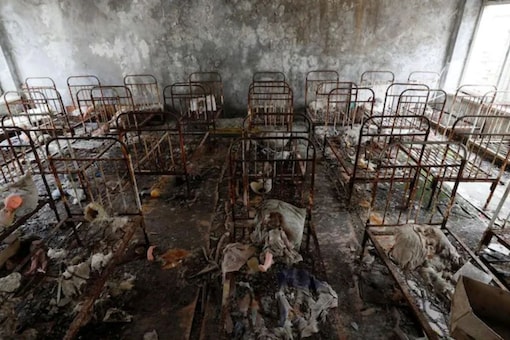Man Made Disasters
Introduction
Man Made disaster have an element of human intent, negligence and the greed for power and money. Such man made disasters are crime ,arson, terrorism ,civil disorder ,war ,biological/Chemical threat ,Cyber Attacks etc.
The difference between natural and man-made disasters is the element of human intent or negligence that leads to human suffering and environmental damage damage; many mirror natural disasters, yet man has a direct hand in their occurrence.
These are the net result of inadequately managed man-made hazards and they typically cost the most in terms of human suffering, loss of life and long-term damage to a country's economy and productive capacity.
Terrorism
Terrorism is the use of force or violence against any person or property in violation of US criminal laws for the purpose of intimidation, coercion or ransom. Terrorists often use threats to create public fear by convincing people that their government is powerless to stop terrorism and obtain immediate publicity for their targets. their consumption.
High-risk targets include military and civilian government installations, international Airports , and major cities and landmarks. Terrorists can also attack mass gatherings in public places, food and water supplies, public services and shopping malls. In addition, they have the ability to incite fear by sending explosives or chemical and biological agents.
In the area of a terrorist incident, you have to contact the police, firefighters and other officials for instructions. However, you can prepare in the same way you do for other crisis events.
Chernobyl Disaster (Ukraine)
Workers and firefighters were taken to hospital and 28 people died quickly from acute exposure to radiation. It took nearly two weeks, and a military intervention, to put out the fires.
Crucially, it took more than a day to evacuate the 50,000 residents of neighboring Pripyat. Next, the government established a 19-mile (30 km) "exclusion zone" and built a containment dome over the top of the site.
In the years since the accident, studies have estimated that thousands of people have succumbed to cancer due to radiation. It is one of the most expensive disasters in history as well, and it is estimated that containment and clean-up efforts will continue until 2065.
Economic Collapse
Many people are wondering if there is a total economic collapse in our near future, something equal to or greater than the great depression. It is no wonder with unemployment and foreclosure rates jumping up and down, the devaluing of the US dollar, and the out of control national debt.
What is this leading to:
At this point, no one is really sure what to expect. However, with the constant influx of federal money flooding the economy, inflation is going to impact consumers: it is just a matter of when. It could even lead to hyperinflation.
What is hyperinflation: hyperinflation occurs when there is a large increase in the money supply that is not supported by gross domestic product (GDP) growth - meaning actual manufacturing in the marketplace. This results in an imbalance in the supply and demand for the money. This has continued for years and if something doesn't change soon, it could lead to a major financial disaster by causing prices to increase, because the dollar will lose its value.
How to Survive
Make eliminating debt and increasing assets your first goal.
Get out of debt and stay out of debt (if necessary get debt counseling but reduce your debt as quickly as possible).
Consider selling any valuable items that you do not need and do so as soon as possible while you still have buyers.
Increase assets as you are able - concentrate on items that you and your family would need to survive; Water, food, personal items, hunting gear and personal protection, alternative currency such as gold or silver.



Comments
Post a Comment